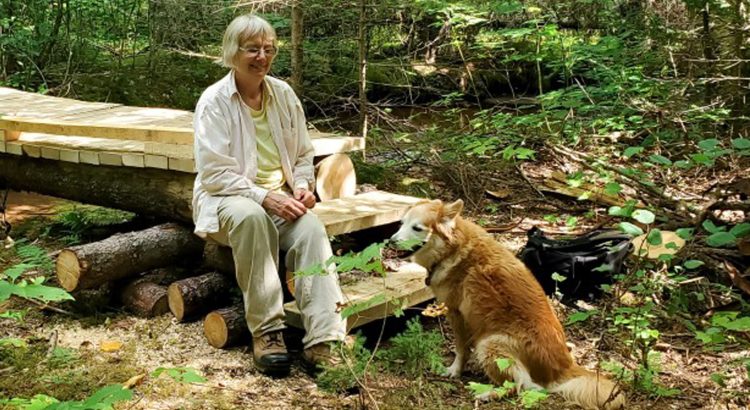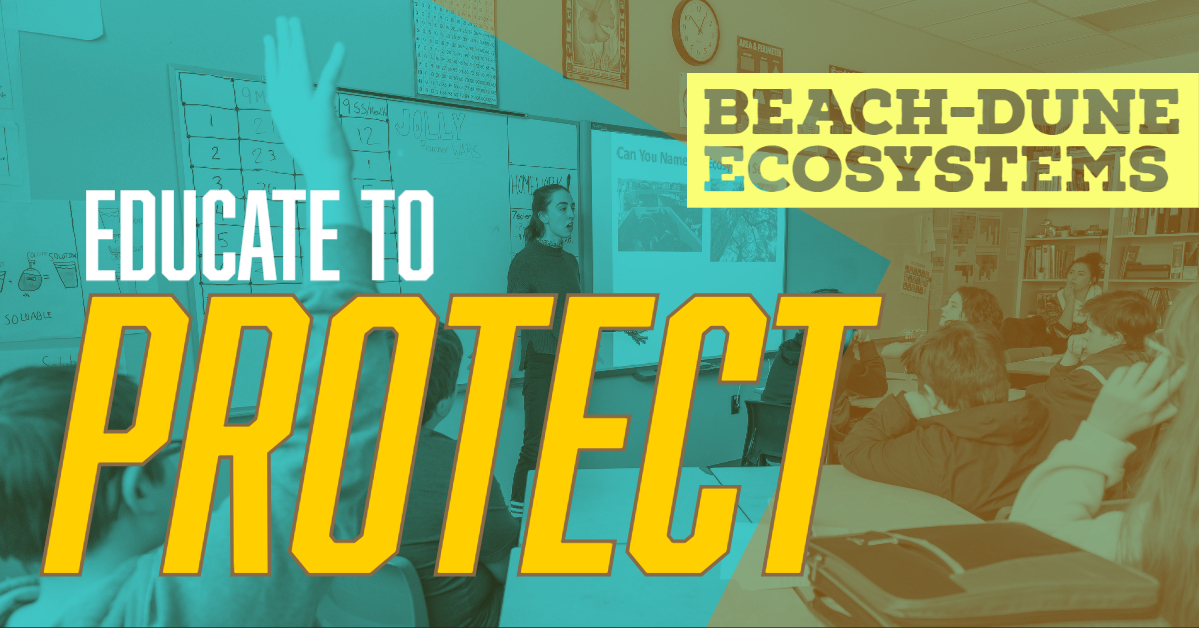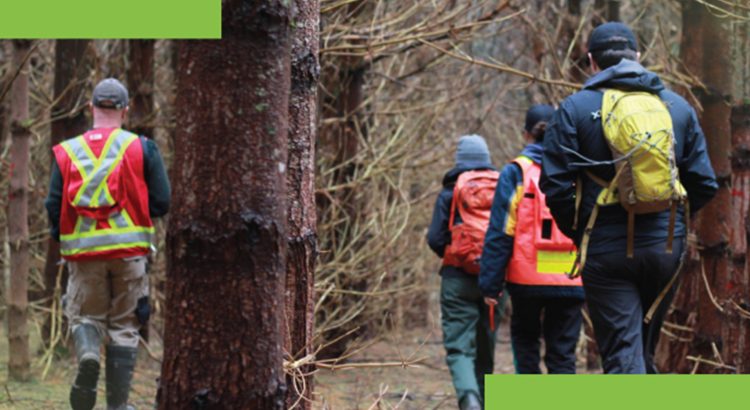In 2022 Island Nature Trust (INT) was awarded funding from RBC Foundation through RBC Tech for Nature to implement a technology-based project, “LandSteward: Artificial Intelligence for Island Community Conservation.” Through this project INT collaborated with Korotu Technology Inc. (Korotu) to create, launch, and pilot “LandSteward” – a cutting edge technology utilizing remote sensing data and artificial intelligence driven analysis tools to monitor changes in the landscape – allowing INT to explore ways that technology can help the organization achieve its vision of a network of protected areas across Prince Edward Island.
Read moreCategory: Guardians For Nature

Farmland Birds Program – 2022 Season In Review
As the summer comes to an end, so does our Farmland Birds program. This program is a partnership with the provincial department of Environment, Energy and Climate Action, as well as the federal program for Species at Risk Partnerships on Agricultural Lands.
Read more
Private Steward Jeanne Maki

Jeanne Maki is one of the private land stewards that has taken the safekeeping of PEI’s natural areas into her own hands. Jeanne protected two forested properties in 2019 under the PEI Natural Areas Protection Act, the 40.5-acre Page and Maki Natural Area in Lewes and the 50-acre Jeanne Maki Natural Area in Iona. Jeanne has been a fixture in the conservation community for many years and was the 2020 recipient of the Hon. J. Angus MacLean Natural Areas Award for her significant work in increasing and improving natural areas in PEI. Here are a few thoughtful words from Jeanne about her choice to protect her land:
Read moreTrail Code of Care
Island Nature Trust currently owns seven properties with maintained public footpaths and we welcome you to visit these Natural Areas. Please be mindful of the natural environment and read, download, or print our Trail Code of Care before venturing out to one of our natural area trails. This Code of Care is also posted at the entrance to each of our maintained footpaths.

Bobolink – A Migratory Marvel
This fascinating but threatened bird has faced a busy and challenging summer. Now it’s time to wish it a ‘bon voyage’…
@brussell
Educate to Protect: Beach-dune Ecosystems

INT has been teaching young people across PEI how to take care of our vulnerable coastline.
Read more
